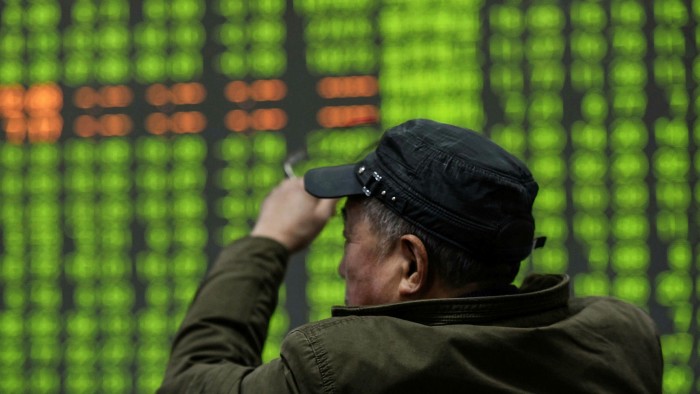Chinese investors miss out on best performing active funds

Roula Khalaf, Editor of the FT, selects her favourite stories in this weekly newsletter.
Chinese investors have generally failed to pick the top-performing actively managed funds in the country, even though more than 85 per cent of them outperformed their passive rivals net of fees over 12 months and three years, according to Morningstar.
The data provider’s most recent China Active/Passive Barometer, which measures the performance of onshore, China-domiciled active funds against their passive counterparts, shows that “investors have generally failed to choose above-average, active stock-heavy funds”.
The findings reflect risk aversion among investors, amid economic uncertainty and geopolitical tensions, but they also illustrate how hard it is for investors to choose outperforming active managers, especially in uncertain times.
The research group says that active funds’ equal-weighted performance surpassed their asset-weighted performance over trailing one, three, five and 10-year periods.

This article was previously published by Ignites Asia, a title owned by the FT Group.
Morningstar also assigns funds a success rate based on the ratio of active funds that both survived and outperformed their passive peers and said active China equity-focused funds “touched the highest level recorded” since it launched its first report back in 2018.
Between 80 per cent and 90 per cent of active stock-heavy funds survived and outperformed their average passive peers to the end of June over one, three, five and 10 years.
China onshore stockpickers enjoyed a 17.4 percentage point increase in their three-year success rate.
Over 12 months, five years and 10 years, they saw rises of 14.8, 5.4 and 1.9 percentage points respectively from the end of 2019.
Morningstar’s August barometer also found that active Chinese equity-focused funds continued to enjoy marginally higher survivorship rates than their passive peers.
More than 97 per cent of active funds survived across all the periods analysed by Morningstar, while only between 78 per cent and 94 per cent of their passive counterparts survived over the same periods, down from between 79 per cent and 97 per cent at the end of last year.
The data provider also identified a “stylistic tailwind” that benefited active funds, with growth sectors including technology, media, telecommunications, healthcare and consumer ranking as top-performing sectors.
The research group says that between 89.8 per cent and 85.8 per cent of active China stock-heavy funds beat their composite passive benchmarks over 12 months and three years to the end of June, marking a “material increase” to their success rates a year earlier, which were 40.8 per cent and 45.5 per cent respectively.
“This increase is in line with our observation that most onshore active funds have a bias towards growth stocks,” Morningstar added.
*Ignites Asia is a news service published by FT Specialist for professionals working in the asset management industry. It covers everything from new product launches to regulations and industry trends. Trials and subscriptions are available here.
Comments